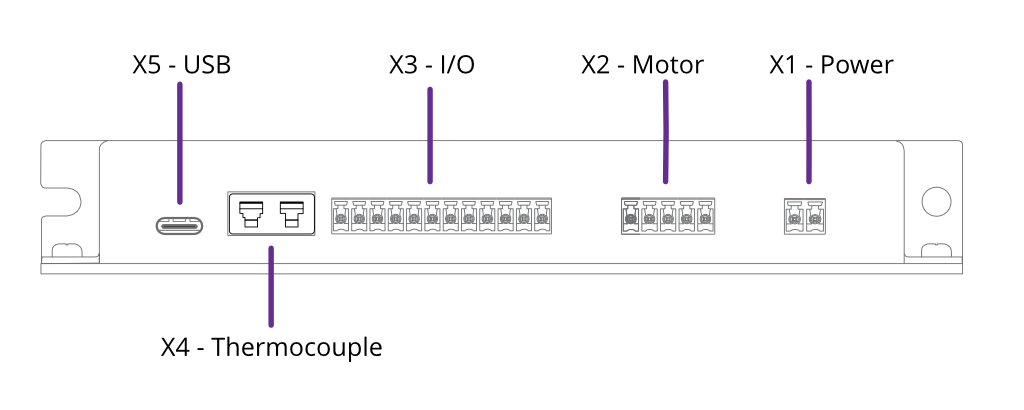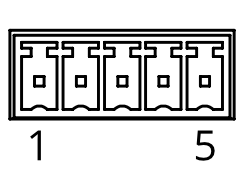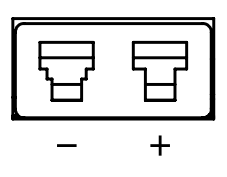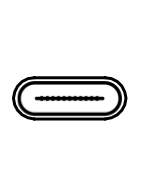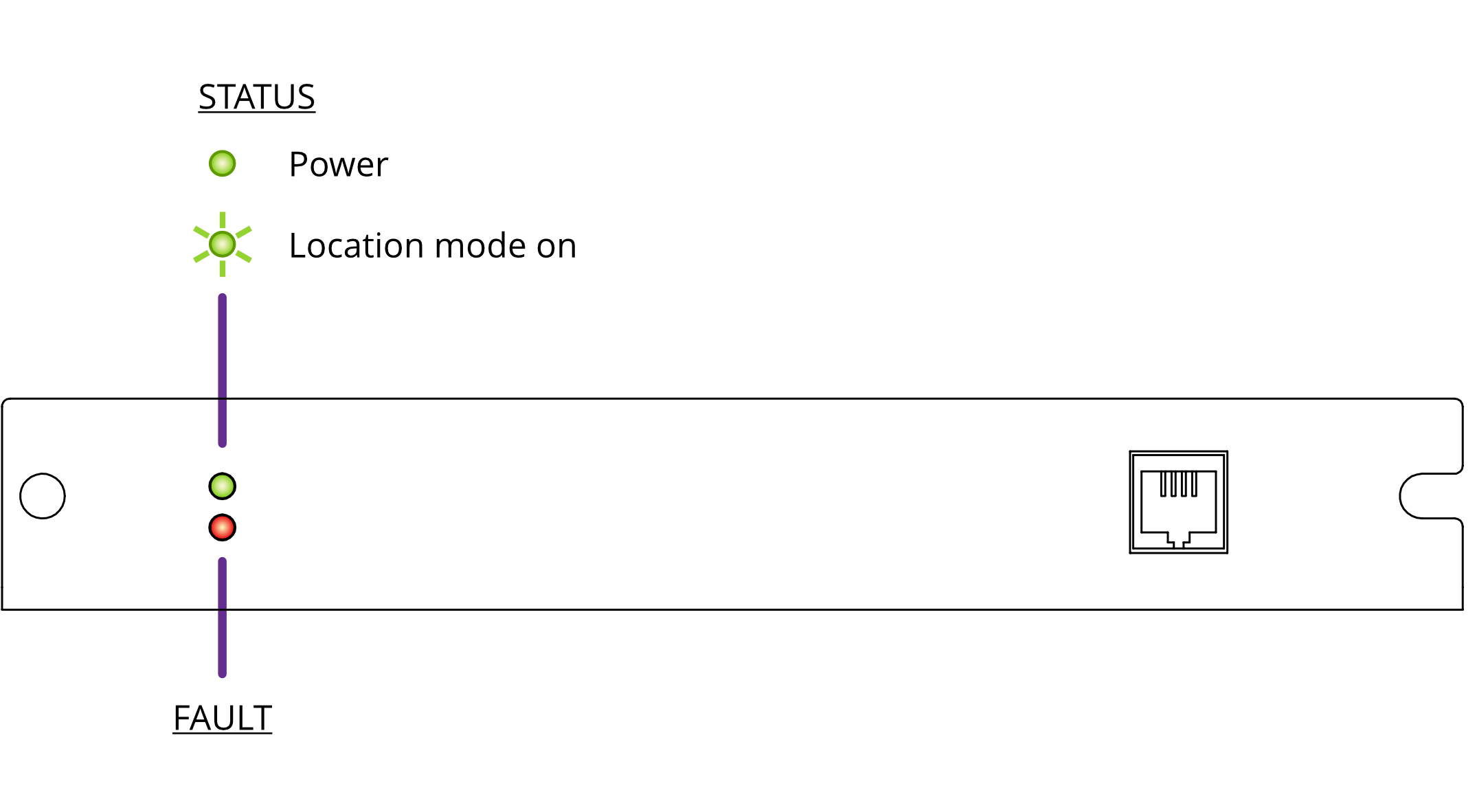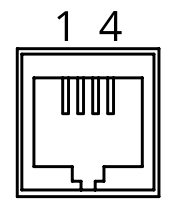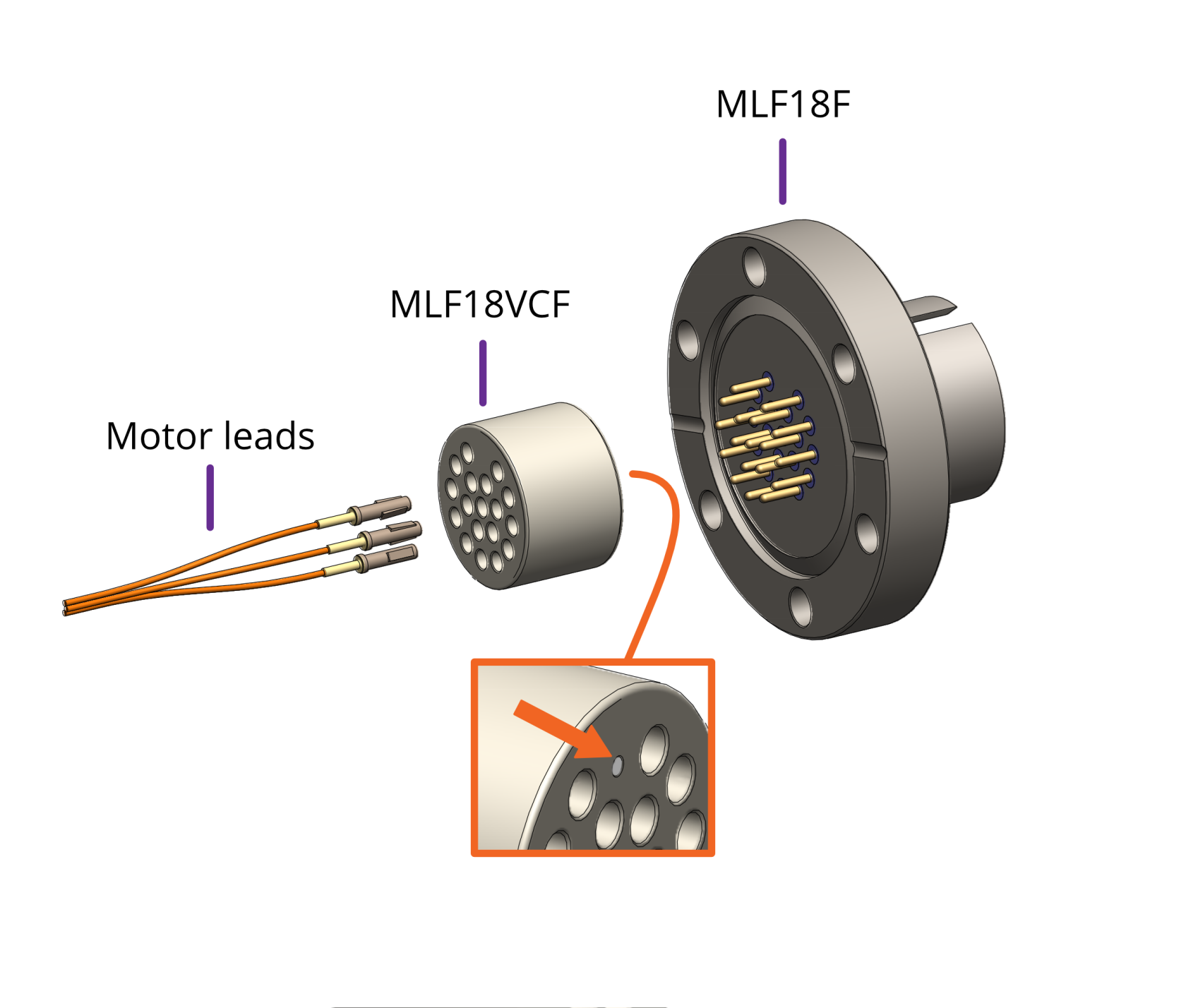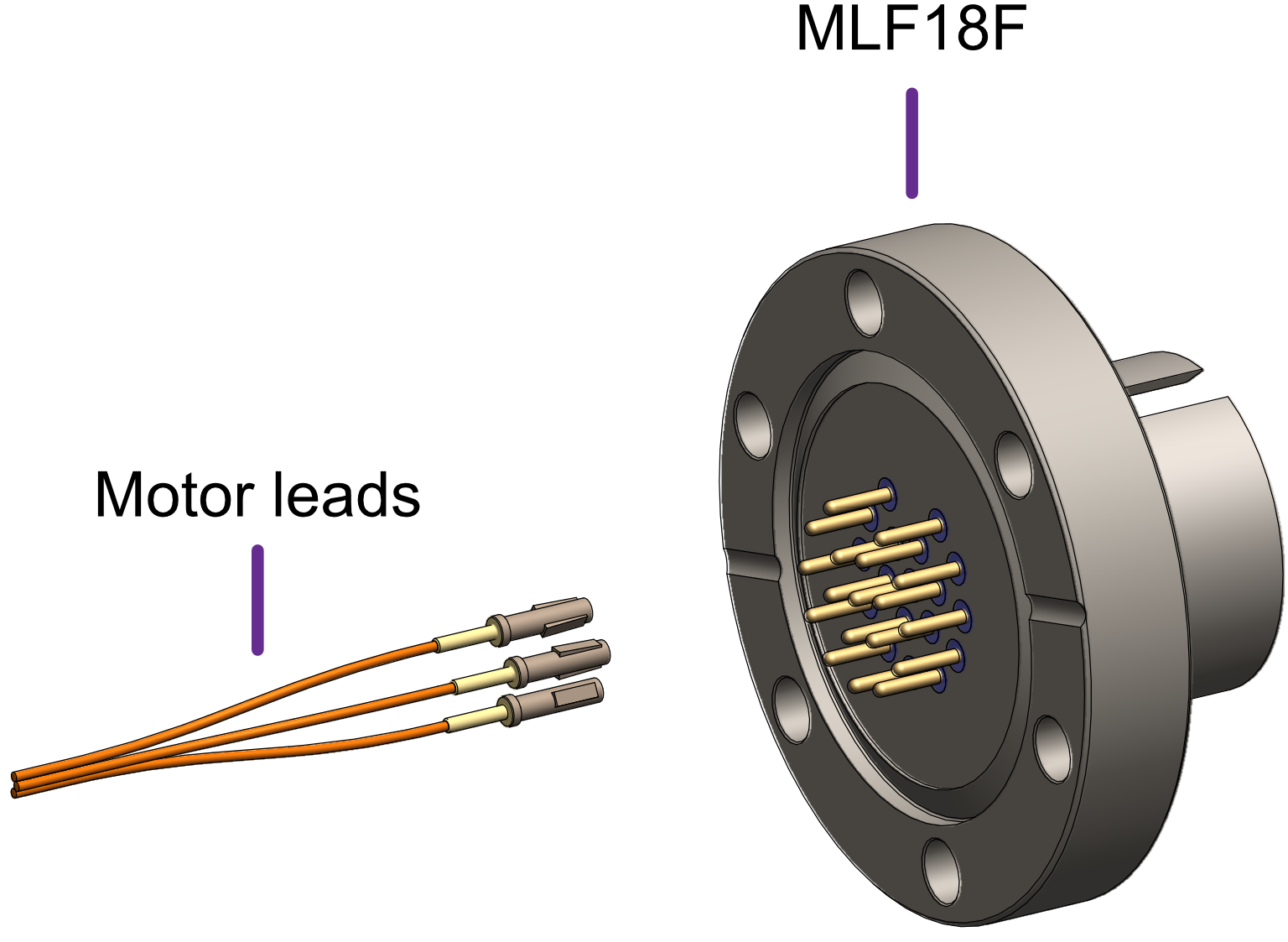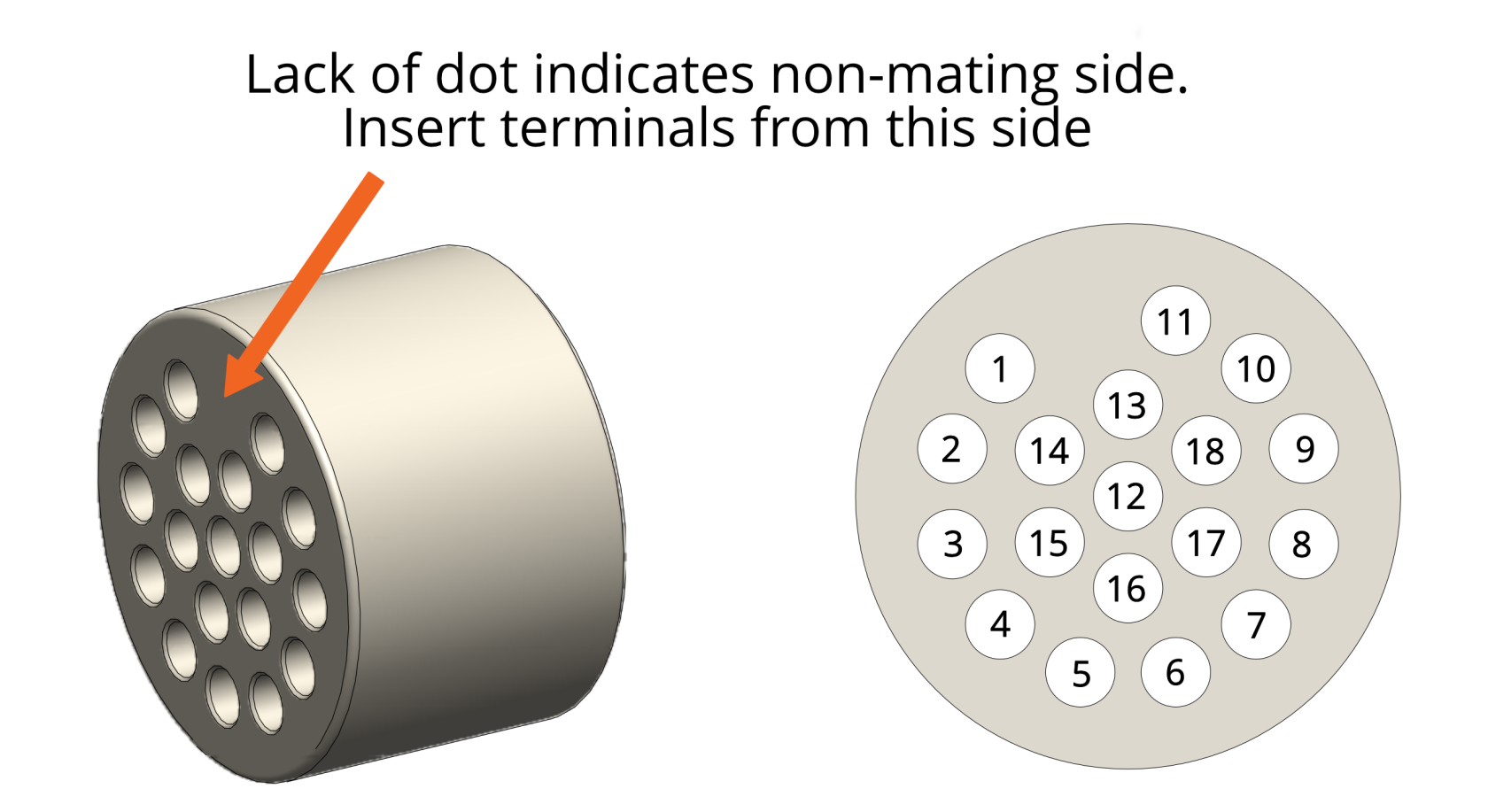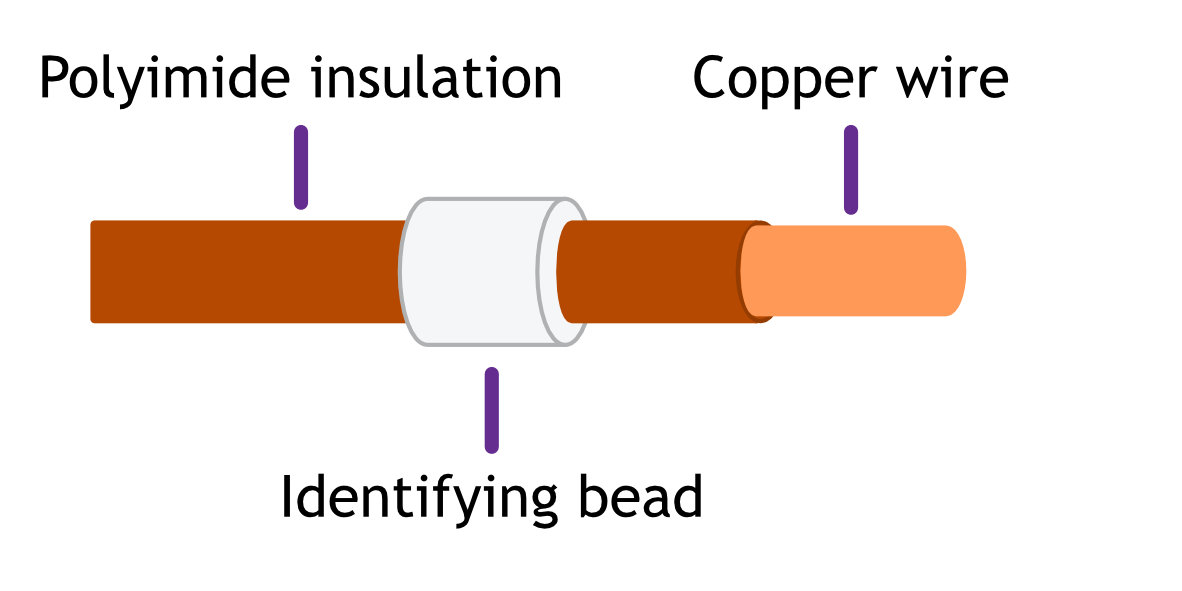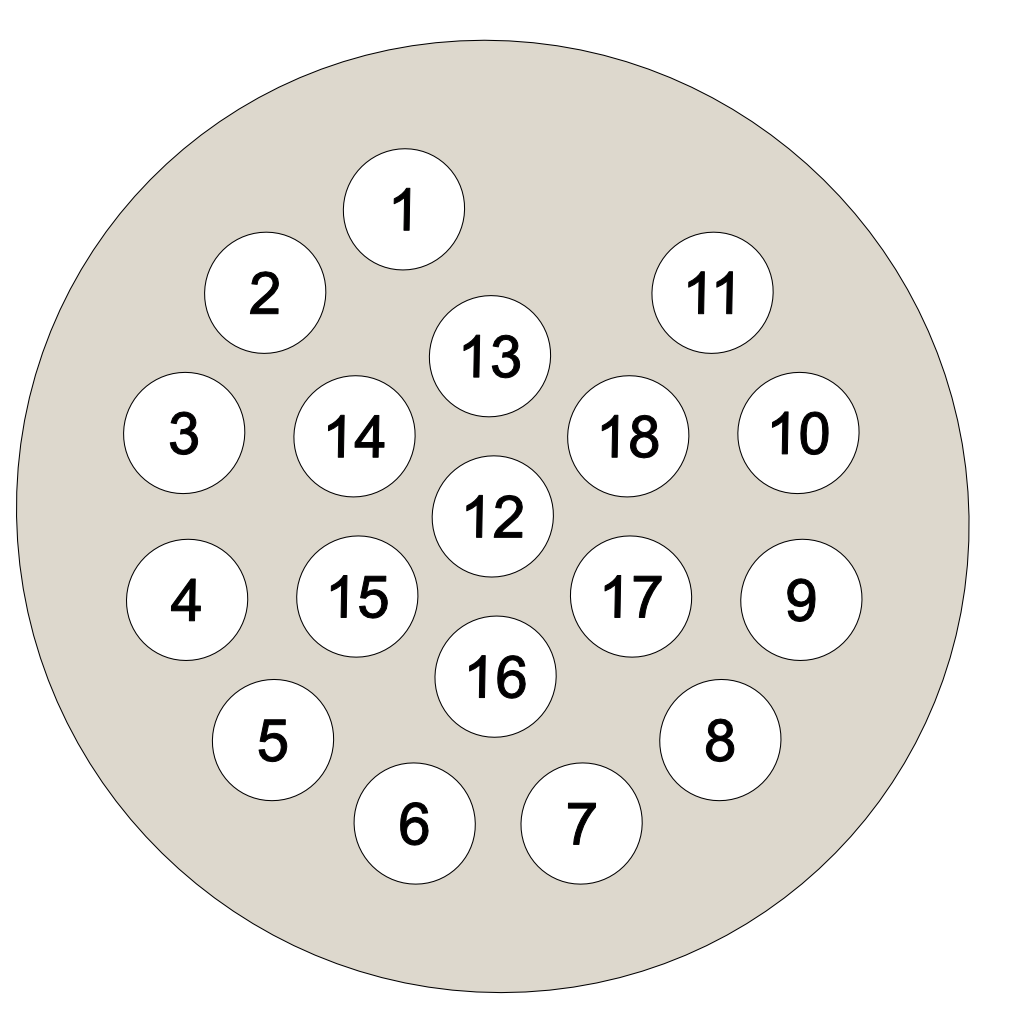Installation
Before installation
WARNING: Read this manual carefully before installing and operating the SMD3. Observe the following safety instructions.
Qualified personnel
WARNING: All work described in this document may only be carried out by persons who have suitable technical training and the necessary experience or who have been instructed by the end-user of the product.
WARNING: Without proper training and necessary experience, damage to the equipment or personal injury might result.
DANGER: Danger of electric arcing! Never plug or unplug any connector while powered. Plugging or unplugging a motor while powered may damage or destroydestry the driver output stage.stage
Additional safety and warning notices
Unpacking
On receipt of the instrument remove all packing material and check that all items on the delivery note have been received. Report any damage or shortages to the company or distributor who supplied the instrument. The packing material has been specially designed to protect the instrument and should be retained for possible future use.
Mechanical installation
The SMD3 may be mounted via the front panel and or underside flanges, in any orientation. Forced air ventilation is not required. The ambient operating temperature range is 10 °°C to 60 °°C.
Connecting
Rear panel
The Power, Motor and I/O sockets use 3.5 mm pitch pluggable rewireable terminal blocks. These are suitable for 28 –– 16 AWG (1.5 mm2 max.) stranded wire. Strip insulation to approx. 6 –– 7 mm before securing the wire in the terminal block.
Connectors are supplied for X1, X2, X3 and X4. Replacement connectors are available from IMO Precision Controls, part number 20.1550M/X-E where ‘X’‘X’ is the number of ways. For example, the part number for the power connector pluggable terminal block would be 20.1550M/2-E. These are readily available from electronics distributors.
X1 - Power
| 1 | GND | |
| 2 |
V+ |
|
Power input for both internal logic circuits and the motor itself.
The power supply must meet the following requirements:
- 15
–– 67 V DC regulated supply, 30 W minimum - Reinforced or double insulation between mains and supply output
DANGER: Danger of electric arcing! Never plug or unplug the connector while powered.
CAUTION: In the event of reverse polarity, a short circuit will occur between GND and V+ through an internal power diode. Therefore, an external fuse must be installed in the supply line.
The fuse should be sized:
- Greater than the current consumption of the SMD3 when operating the connected motor
- Less than the maximum current output of the power supply
- Considering the voltage of the supply
INFORMATION: Choice of input voltage affects motor performance; operating at the maximum voltage possible (67 Vdc) will maximise motor torque at higher speeds.
X2 - Motor
| 1 | GND | |
| 2 | Phase A1 | |
| 3 | Phase A2 | |
| 4 | Phase B1 | |
| 5 | Phase B2 |
Motor output. Connection of the motor to the vacuum feedthrough, and vacuum feedthrough to the SMD3 is discussed in section Motor Wiring.
Custom motor cables must be built to the following specification to ensure continued compliance with EMC standards and correct function:
-
Four cores, comprising two twisted pairs plus screen. A foil screen plus drain wire is acceptable; a foil plus braid screen is better
-
The screen must be connected via as short a wire as possible to pin 1,
‘GND’‘GND’, using insulated wire -
Rated voltage >= 300 V rms
-
Rated current > 1.5 A rms
Maximum cable length is limited by the resistance of the cores; total round trip cable resistance per phase should be kept to less than few ohms. Consult the cable manufacturers data for these details.
DANGER! Danger of electric arcing! Never plug or unplug the connector while powered! Plugging or unplugging motor while powered may damage or destroy the driver output stages.
X3 - I/O
| 1 | GND | |
| 2 | RTD B2 | |
| 3 | RTD B1 | |
| 4 | RTD A | |
| 5 | LIMIT 1 / Positive | |
| 6 | LIMIT 2 / Negative | |
| 7 | FAULT | |
| 8 | RESET | |
| 9 | SDE COM | |
| 10 | STEP | |
| 11 | DIR | |
| 12 | EN |
X4 - Thermocouple
| - | T/C - | |
| + | T/C + | |
The connection is for use with a standard IEC Miniature K-Type thermocouple plug. These are colour coded green for K-Type thermocouples.
X5 - USB
USB Type-C connection. The connection is reversible, and the plug may be inserted either way up.
The SMD3 appears as a virtual COM port when connected to the PC. No additional drivers are required. Configure and control the SMD3 using the supplied SMD3 software, a terminal program, or your own application. AML supply a C# API, available on our website to help customers implement their own applications faster.
Front panel
The fault indicator flashes or remains lit if the SMD3 is in a fault state (see section Faults for fault indications). When a fault is present, motor operation is disabled.
X6 - Joystick
| 1 | GND | |
| 2 | CW | |
| 3 | CCW | |
| 4 | DETECT |
For connection of a two-button joystick allowing basic motor control, for example, during commissioning. AML supply the SMD3 Joystick, part number ‘SMD3JOY’‘SMD3JOY’ for this purpose. On connection, the SMD3 automatically switches to joystick mode.
- If designing your own joystick or device to connect to this port:
- Inputs have internal pull-ups.
- Activate the function by shorting
‘CW’‘CW’,‘CCW’‘CCW’ or‘DETECT’‘DETECT’ to pin 1,‘GND’‘GND’. - Pin 4,
‘DETECT’‘DETECT’ is used to signal to the SMD3 that the joystick is connected and trigger automatic switch to joystick mode. If not required, leave the pin unconnected. This requires joystick mode to be manually selected.
Logic level signals may also be used; 12 V max.
Motor wiring
Overview
Connecting motors inside a vacuum chamber to the SMD3 comprises two tasks:
-
Wiring the motor to a vacuum feedthrough installed in the chamber wall.
-
Wiring the vacuum feedthrough to the SMD3.
AML supply vacuum feedthroughs, ready-made cabling, and components allowing custom cables to be easily manufactured. A typical setup is shown below and used for illustration throughout this section.
INFORMATION: Verify that the motor is working correctly before sealing the vacuum chamber. Rectifying mistakes afterwards is inconvenient.
Lead identification
The motor leadout wires are self-coloured polyimide film-wrapped, silver-plated OFHC solid copper and each is fitted with a 1.5 mm crimp socket terminal. They are supplied fitted with UHV compatible coloured glass beads for identification. The phase leadout wires are much thicker than the thermocouple leadouts. The leadout wires of each phase should be twisted together.
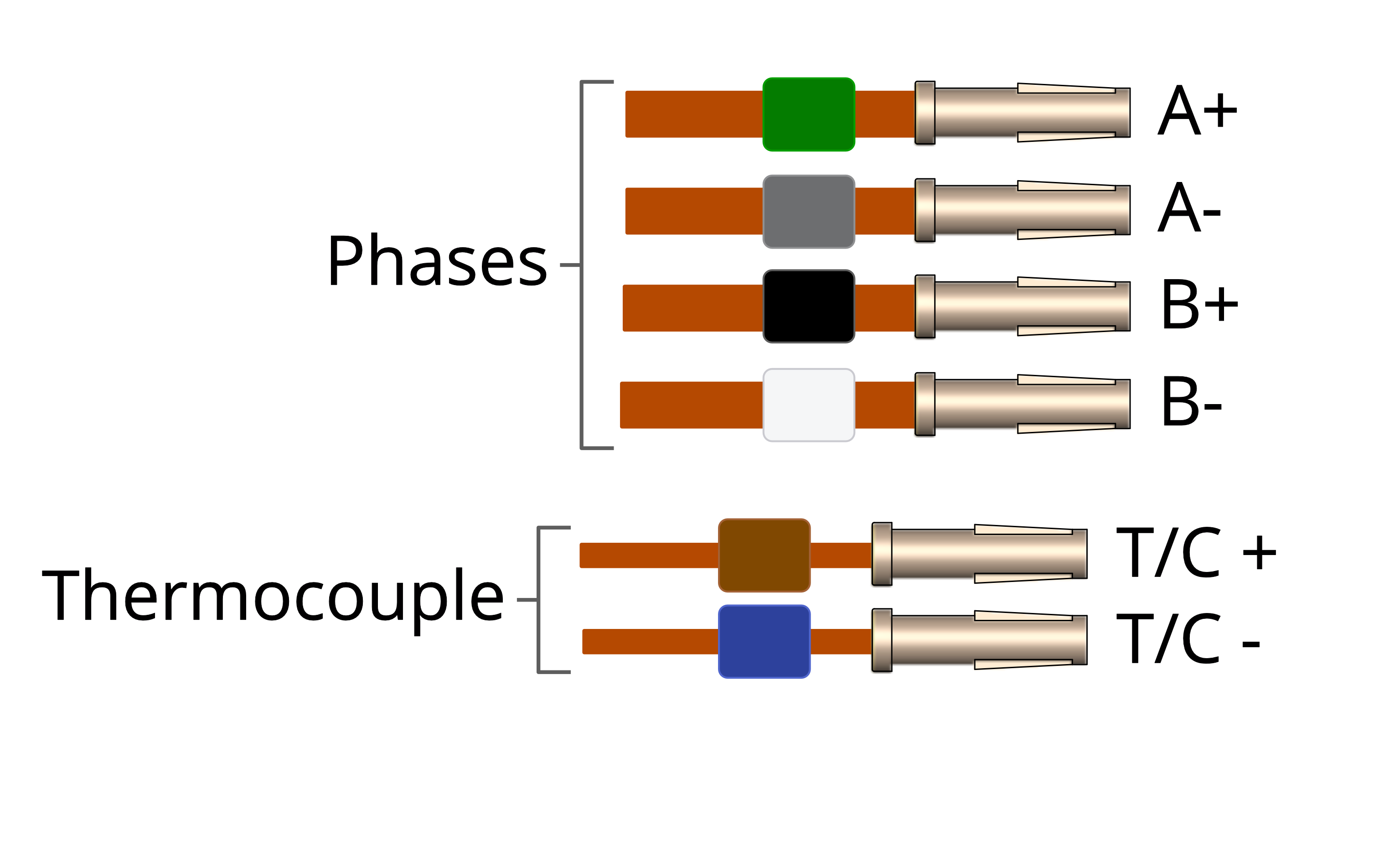 |
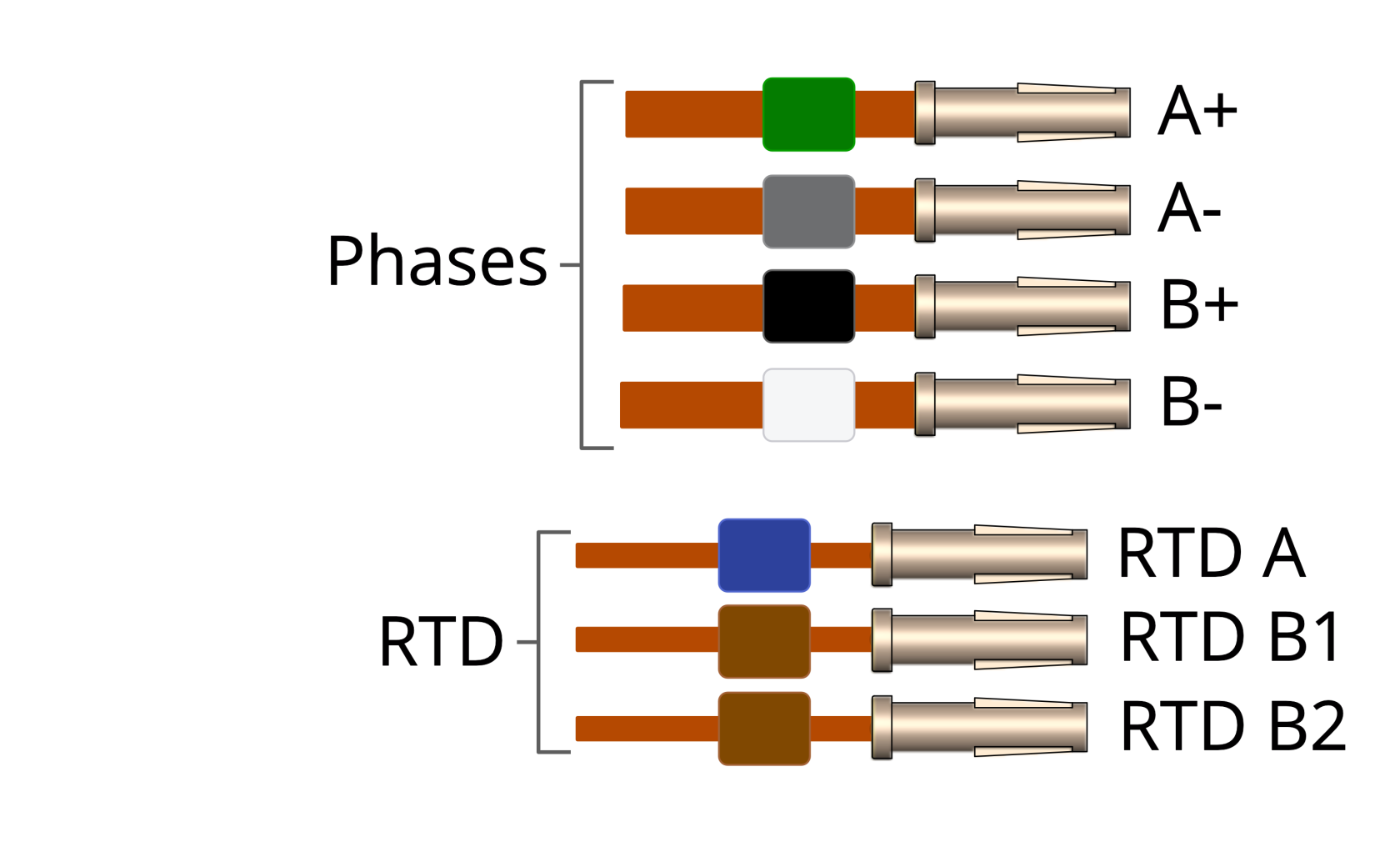 |
If the identification beads have been removed, the wires can be identified using an inexpensive multimeter, and a magnet. The multimeter must be capable of measuring resistance with a resolution of about 1 ohm.
|
|
|||||||||
|
|
||||||||||||
Phase leadouts
These are the four thicker leadouts. Identify the two motor phases by their resistance, which will be in the range of 3 to 15 ohms, depending on the motor type. There is no electrical connection between the two phases, to the thermocouple/RTD or the case of the motor. Most of the resistance is in the windings of the motor and is virtually unaffected by shortening of the leads. Connect each phase to the appropriate drive terminals. The resistance of the wires from the feedthrough to the drive must be less than a few ohms.
Note regarding reversal of rotation
Upon completion of wiring, there is a 50 % probability that the direction of rotation will be reversed from the desired or conventional sense. To rectify this, exchange the connections to one of the phases. For example, locate the Phase A + and Phase A –– connections, and swap them around. This can be done on air or vacuum side while the chamber is still open.
Wiring motor to the vacuum feedthrough
The MLF18F feedthrough has 18 x 1.5 mm gold-plated feedthrough pins and is suitable for up to three motors fitted with thermocouples or up to two motors fitted with 3-wire RTDs. An internal bakeable connector, MLF18VCF, is available into which the crimp terminals on the motor leads are inserted. This significantly reduces the risk of short-circuits and makes the installation more convenient.
|
Using other feedthroughs
AML stepper motors can be ordered with either a K-Type thermocouple, or 3-wire PT100 RTD. The former requires 6 pins, and the latter 7 pins.
When using motors installed with a thermocouple, it is not necessary to use a thermocouple vacuum feedthrough or extension wires, as the error introduced by incompatible feedthrough material is usually less than 5 °°C and the temperature measurement is not required to be very precise.
Wiring between drive and vacuum feedthrough
AML supply the MLF18SMD3 lead for use with the SMD3 and MLF18F feedthrough. It allows connection of up to two drives and motors installed in one vacuum chamber. Alternatively, AML supply the MLF18AC; which can be used to make custom leads to mate with the MLF18F feedthrough. This is supplied with a kit that includes the crimps and a grounding lead attached to the connector shell, as well as instructions for their use. The SMD3 is supplied with a kit of matching connectors.
Leads between the MLF18AC and SMD3 should be assembled according to the following guidance for safe, reliable operation and continued compliance with EMC standards.
Cable requirements
- Quantity of cores as required; (one motor requires 6 cores when fitted with a thermocouple, or 7 if fitted with an RTD). The cable must be screened. A foil screen plus drain wire is acceptable; a foil plus braid screen is better.
- The screen must be connected via as short a wire as possible to pin 1,
‘GND’‘GND’ of the motor connector, using insulated wire. - Rated voltage >= 300 V rms
- Rated current > 1.5 A rms
- Cable cores must be twisted together in pairs, using one pair per phase, one pair for the thermocouple, and a group of three for the RTD. This reduces radiated emissions from the cable and improves immunity of the RTD and thermocouple signals to the motor.
- Maximum cable length is limited by round trip resistance, which should be less than a few ohms. Review cable manufacturers data to obtain this figure.
Wiring up to the MLF18AC airside connector
The MLF18AC is supplied with comprehensive instructions detailing correct usage of the connector. The pinout to match with the standard MLF18F + MLF18VCF pinning described in section Motor wiring is shown below. Note that the illustration shows the MLF18AC looking into the non-mating side of the connector, i.e. the side into which crimps are inserted.
|
||||||||||||||||||||||||||||||||||||||||

